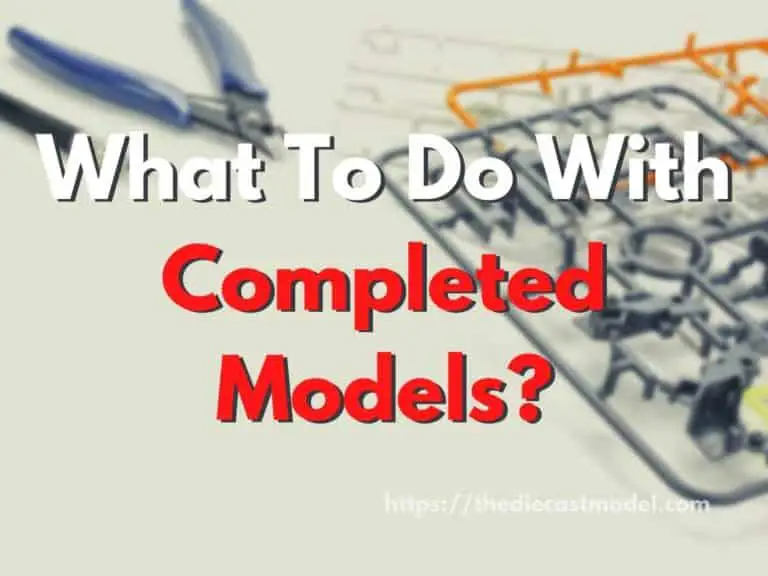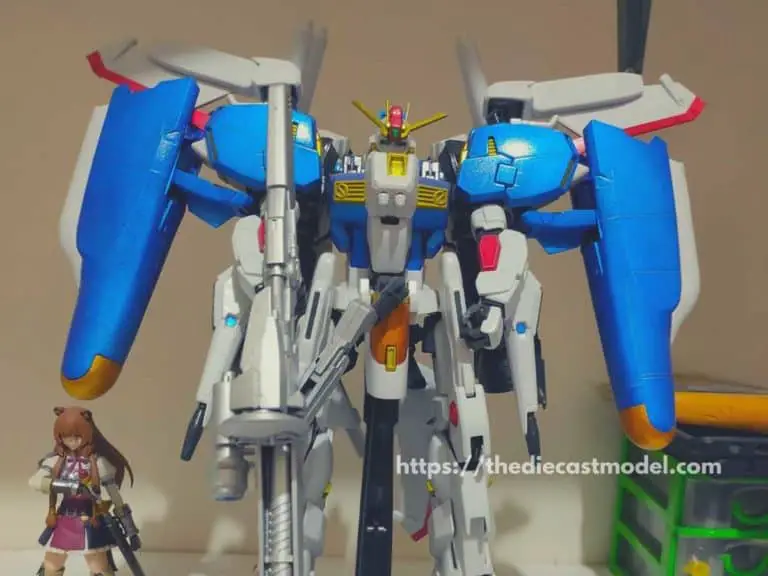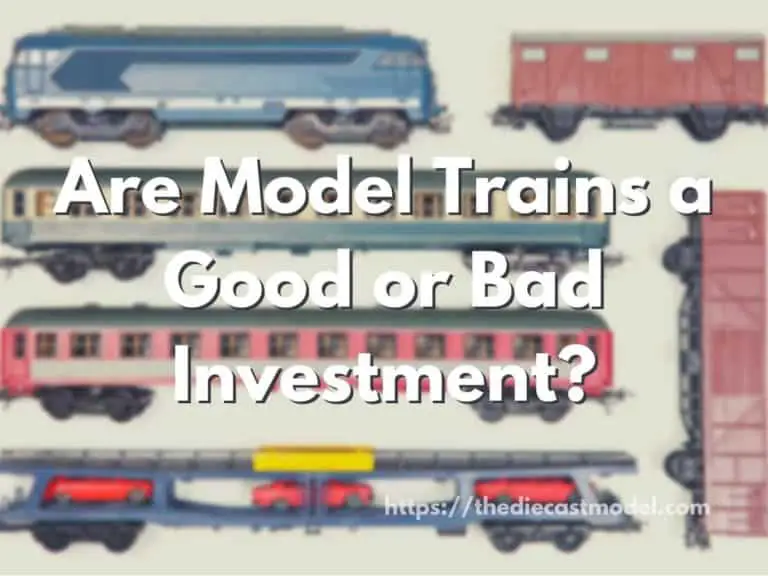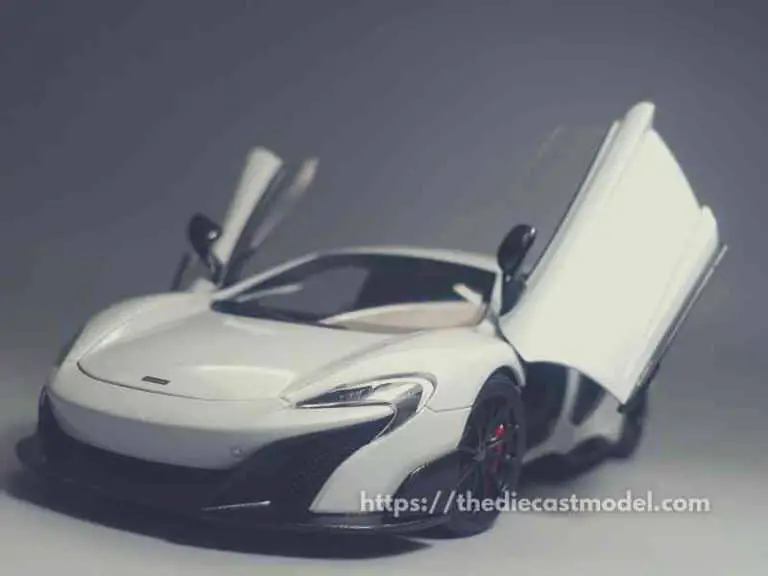What Voltage Do Model Trains Run On? With Table Summary of Voltage Requirements on Every Scale
Many of us know that in model trains, more voltage means more speed and power. However, too much voltage can burn or damage the motor. While we see people doing some world records on model train speed by running them as high as 40 volts, it destroys the model train after the attempt. So, what is the recommended power requirement for model trains?
Generally speaking, HO and OO scale model trains should run at a maximum of 12 to 18 volts, depending on their control system and power type. N scale models only need 10 – 12 volts because their motors are smaller than HO. O scale trains need 12 – 20 volts because their motors are large.
These scale models are the most common, but I know that there are other scale models, such as the Z, G, and TT scales. Thus, I included them in the table summary below. Furthermore, I also discussed why their maximum voltage is different from one another.
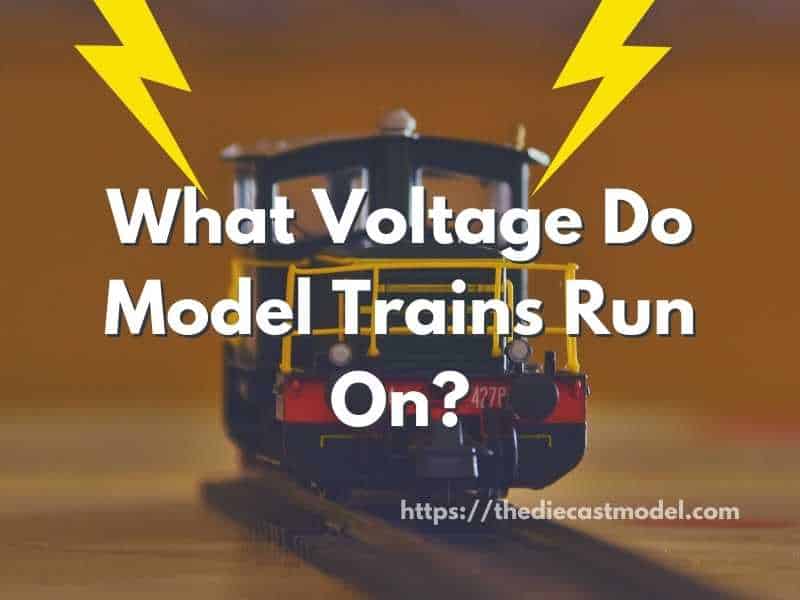
How much power does a model train use?
Generally speaking, model trains use 0.5 to 1 ampere of power depending on their type and age. New model trains run on 0.5 amperes, and old models run on 1 ampere. The power requirements on model trains are constant regardless of the voltage requirements.
First, let’s be clear that the power requirement is not the same as the voltage requirement.
If you’ve played a model train, particularly a DC-controlled train, you will see a throttle to increase the train’s speed. This throttle adjusts the voltage.
The more voltage you put in, the faster the train runs. The maximum voltage depends on the type of train and the controls.
For example, a typical DC-controlled HO scale train runs on a maximum of 12 volts.
If you’ve seen an 18 or 22 volts HO scale train, we will discuss that later. But if HO scale motors will usually run on a maximum of 12 volts.
The thing you have to understand here is that voltage changes, and it is the one we change to adjust the speed of the motor.
Recommended Read: Since increased voltage means faster train models, there are some speed attempts for model trains where they apply as high as 40 volts. Feel free to check this post to see the fastest model trains: What is the fastest model train?
This content was originally posted on thediecastmodel.com. If it appears on other websites, it is a violation of the copyright owned by thediecastmodel.com.
The power will always be the same, about 0.5 to 1 ampere.
Thus, every train scale motor can run on 1 or 4 volts. The voltage we are talking about here is the maximum voltage the motor can handle.
Here is an example.
N scale model trains run on 10-12 volts. At 12 volts, the motor will run at maximum speed. However, they can still run on 1 volt but expect them to be slow or might not even move if they have a huge load.
I hope you get what I mean.
As promised, here is a table summary for each scale to have an idea of the maximum voltage on whatever scale model train you have.
| Scale | Voltage |
| N scale | 10-12 volts |
| HO scale | 12-18 volts |
| OO scale | 12-18 volts |
| O scale | 12-20 volts |
| S scale | 12-14 volts |
| G scale | 18-24 volts |
| F scale | 18-24 volts |
| TT scale | 12 volts |
| Z scale | 10 volts |
| T scale | 4.5 volts |
A common question people ask is who made manufacturers follow this range? So, for example, why aren’t manufacturers making motors that can handle 30 or even 40 volts?
One reason is that our technology doesn’t allow tiny motors to handle this much energy.
The second is that these values are set by the NMRA and NEM.
The NMRA is the National Model Railroad Association which sets the standards for model trains in the USA.
The NEM or the Normen Europäischer Modellbahne set the standards of model railroading in Europe.
These agencies set not only the voltage requirements for model trains but also set other standards such as the model train’s weight and size.
But what caused these differences? Why can’t model trains go for 12 volts on all scales? Well, size is the most significant factor.
As a general rule, the larger the model train, the larger the motor. That’s why N scale motors have a smaller energy requirement compared to, let’s say, a G scale train.
If we refer to the table, a typical N scale model runs on 10 to 12 volts depending on the motor. On the other hand, G scale models can run for up to 24 volts since their motor is larger.
Furthermore, larger-scale model trains need a larger set of motors since they will pull heavier cars and cabooses.
This is also why the smallest model train scale also requires the least amount of energy.
A T scale model train is the smallest train scale in the world which is in the 1:450 or 1:480 scale. Thus, it has the smallest motor and only requires 4.5 volts to run at full speed.
Recommended Read: Are you interested in all of these model train scales? I made a table summary of their sizes and the origin of their names here: What are the different scale model trains?
However, there is still one problem that needs to be solved.
Sometimes, we can see model trains that run on higher voltages with no problems. For example, a typical DC-controlled HO train runs at a maximum speed of 12 volts.
However, you might have seen an HO scale train that runs on 18 or even 22 volts. How is this possible? Isn’t that harmful to the motor?
Well, that can be explained due to other factors to consider, such as the controls and power type.
Let’s talk about that in the following section.
AC vs. DC Controlled Model Trains
As a general rule, there are two types of controls for model trains which are AC and DC controls. DCC, Legacy, and DCS are types of AC control that use AC power to run model trains, while traditional controls use DC power
You might have seen people talking about the three types of model train controls, which are AC, DC, and DCC.
While that is true, it is worth noting that DCC or Digital Command Control is a type of AC control.
But what are DC and AC? Well, it is the type of power. DC stands for direct current as it uses direct current to run model trains.
AC stands for the alternating current, which uses AC to run model trains.
All model train controls fall on these two types. For example, the well-known DCC falls in the AC. Lionel’s Legacy controls and MTH’s DCS controls also fall in AC.
DC controls are also known as the traditional control since it was the oldest controls. AC controls only began to be popular in the 1990s
Recommended Read: For more information regarding DC vs. DCC, please check this post: DC vs. DCC controls
But why am I explaining these things? Well, AC generally uses higher voltage compared to DC.
For example, AC or DCC HO scale model trains can reach 18 and 22 volts.
I usually get one question: Since their motor is the same as those in DC, wouldn’t 18 to 22 volts of electricity overheat the engine or motor?
The answer is no.
DCC or AC controls use decoders inside the train, which helps manage the electricity. Thus, giving 18 or 22 volts wouldn’t harm the motor as long as a decoder is installed.
This is also why DC trains that are on DCC tracks will usually go at full speed since they are given more than 18-22 volts right at the start.
Suggested Read: What happens if you run a DC train on a DCC controls or vice versa? Well, I discussed that topic here: Can you run analog trains on digital controls and vice versa?
The decoders inside an AC model train will help manage higher voltages.
But why do they put higher voltages on AC model trains? Well, the answer is that AC has more functionalities than DC trains.
For example, typical DC control would only run the motor and lights. However, DCC has more functionalities such as controlling track switches, train sounds, smoke, and puff sounds.
More functionalities mean it needs more energy.
While DCC-controlled model trains run on more voltage, not all of it goes to the motor. Instead, the decoder decides how much electricity it will give to the motor and its accessories.
That’s why DCC has a higher voltage. However, their motor will still run on the same 12 volts capacity.
What’s next? Are you interested in finding out where you can sell your model trains? Where can you get the most money? Where can you get money ASAP? Are there alternatives to eBay? I discussed all of those in this post: Where to Buy and Sell Model Trains?

